Proton-M Launch VehicleCourtesy of Khrunichev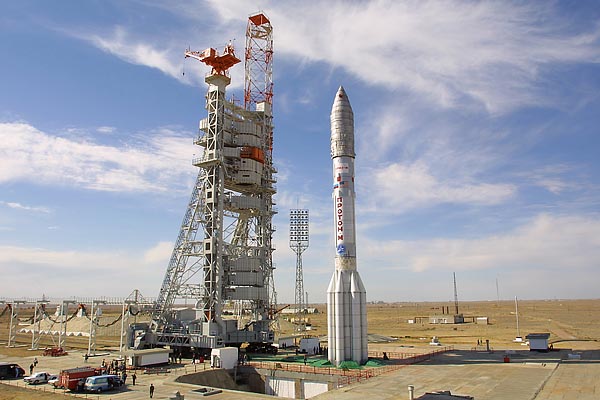 Proton-M Launch VehicleCourtesy of KhrunichevKazsat under test in KhrunichevCourtesy of KhrunichevBreeze-M Upper Stage produced in KhrunichevCourtesy of Khrunichev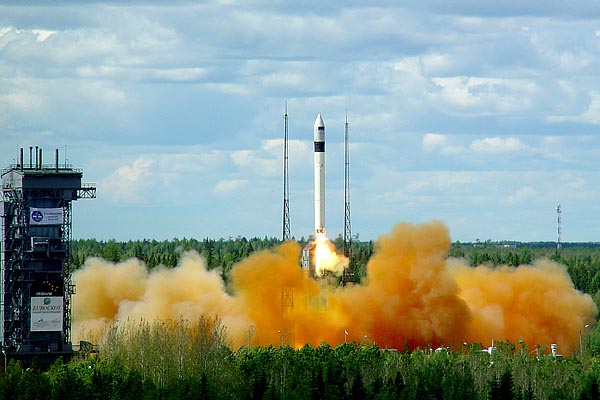 RockotLaunch VehicleCourtesy of Khrunichev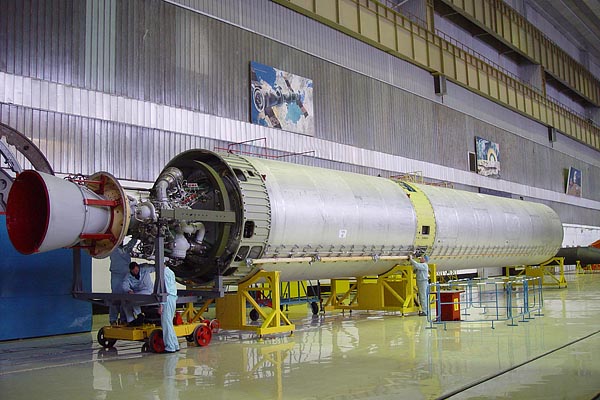 Angala Rocket b integrated in KhrunichevCourtesy of Khrunichev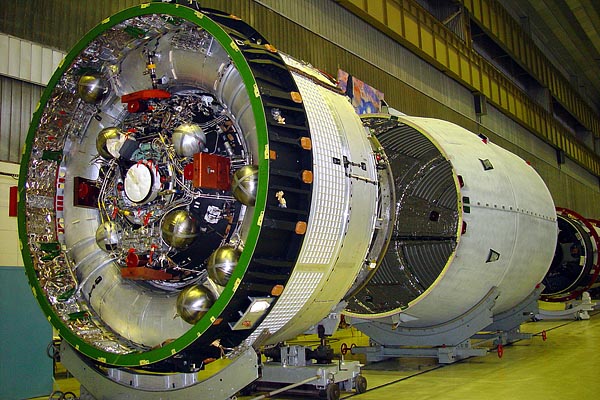 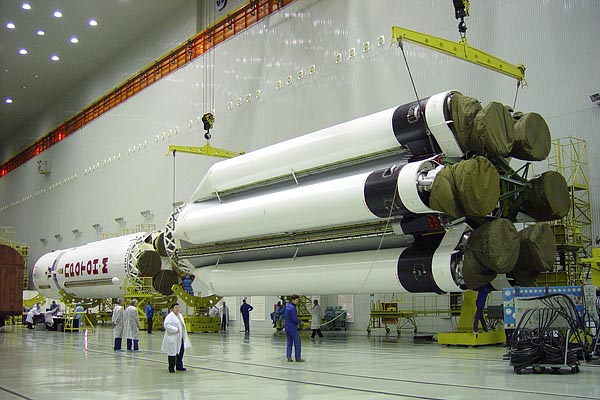 |
The Khrunichev State Space Research and Production Centeris one of the world's largest aerospace companies. In the late 1959 the plant switched to rocketry. In the 1960-80s, Khrunichev developed and produced four generations of inter-continental ballistic missiles that became the backbone of the country's Strategic Missile Forces.
Proton M, a modernized version of the Proton, has been operated since 2001. It has enhanced guidance, navigation and control systems and better overall performance. Configured with Breeze M upper stage booster, another Khrunichev product, Proton M offers a better value to the international market of launch services. Proton M / Breeze M is the staple of Russia's space program for the first decade of the 21 st century. Over 40 commercial launches have been performed using Proton since 1996. Contracted by India Space Research Organization, Khrunichev has designed and manufactured a fundamentally new LOX/Hydrogen upper stage booster called 12 KRB for India's GSLV - complete with requisite ground facilities at the Shar launch base in India. The cryogenic upper stage operates on environmentally-clean high-performance propellant. The stage has successfully flown on the GSLV three times.
Today Khrunichev is working on a third Russian ISS module, the Multi-Purpose Laboratory Module (MLM). Based on FGB-2, a structural clone of the currently flying FGB-1, the MLM is scheduled for launch in 2007. |
|||||||||||||||||||||||
Russia |
Moscow |
St. Petersburg |
Zheleznogorsk |
Yasny |
Baikonur |
Ukraine |
Kiev |
Dnepropetrovsk |
Odessa |
Eupatoria |
Japan |
Tokyo |
Yokohama |
Kyoto |
Kamakura |
Nikko |
Himeji |
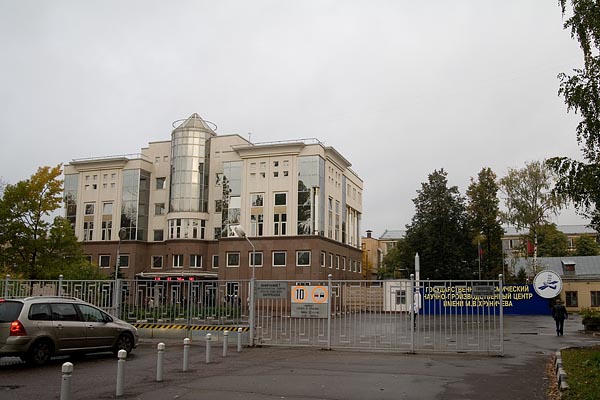
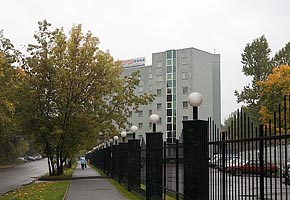
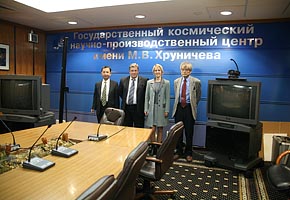
Khrunichev Space Center Main Entrance
(C) 2006-10 Seiji Yoshimoto
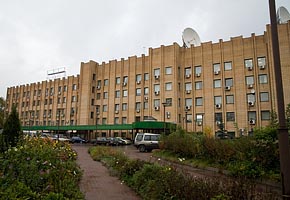
Khrunichev Space Center
(C) 2006-10 Seiji Yoshimoto
Proton Hotel
(C) 2006-10 Seiji Yoshimoto
Khrunichev Space Center
(C) 2006-10 Seiji Yoshimoto
Present Khrunichev's Major Development and Production Activities:
Heavy space modules and stations:
- Zvezda Service Module for ISS
- Zarya Functional Cargo Block for ISS
- Functional Cargo Block II for ISS
- Research Modules, etc.
Launch vehicles and upper stages:
- Proton, Proton M, Rockot
- Angara AS, Angara A3, Angara 1.2, Angara 1.1
- Breeze KM, Breeze KS, Breeze M, KVRB
Small spacecraft:
- Monitor series
- Express MD series
- Kazsat
